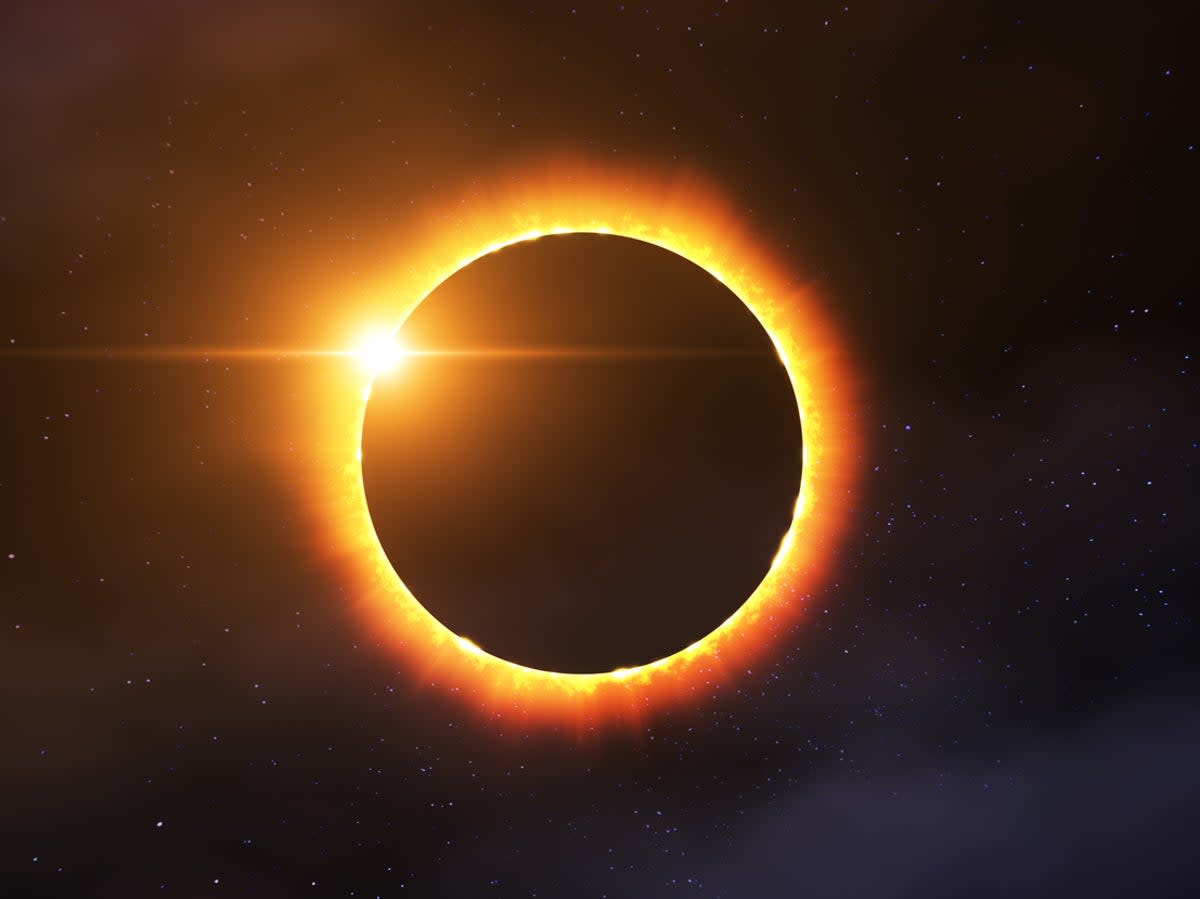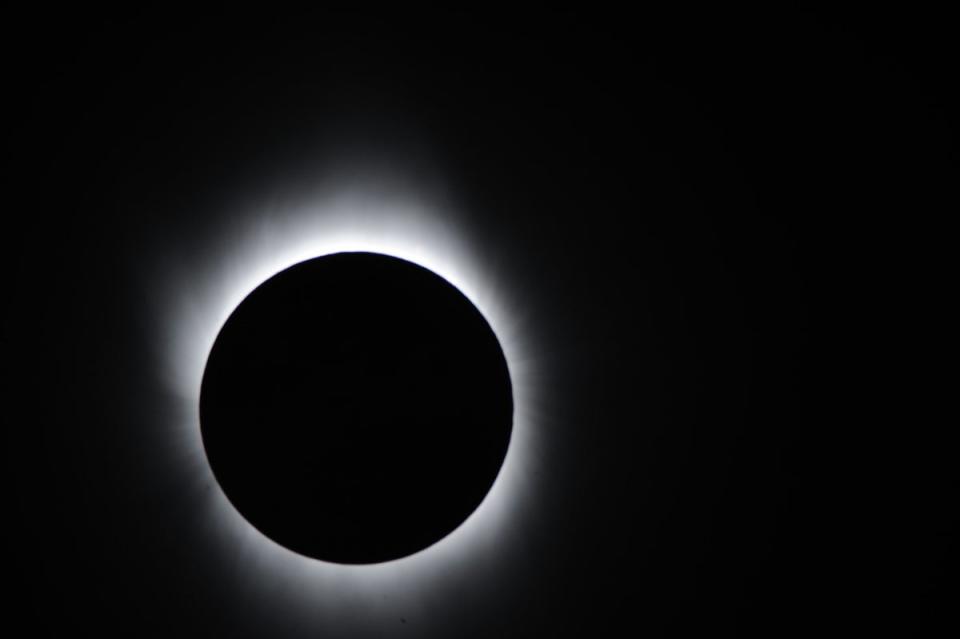Delta offers eclipse flights for passengers to enjoy solar event

For all astronomy lovers who want to get a tiny bit closer to the action, Delta Air Lines is offering a chance to see a solar eclipse in April while onboard a flight dedicated to the space phenomenon.
Delta announced last week that they would be offering an eclipse viewing at 30,000 feet, departing from Austin and flying to Detroit on 8 April “specifically for umbraphiles to be able to spend as much time as possible directly within the path of totality”.
After a first flight sold out in 24 hours, Delta has given those who missed out a second chance to get their place on an in-air eclipse experience.
A second flight will depart from Dallas-Fort Worth and will arrive in Detroit together with the other flight.
This second flight will be operated on an A321neo, which is a larger plane than what is being used in the first flight announced, allowing more solar superfans to experience the eclipse high up in the air.
The airline said that more booking information is on their website and that while the flight plans have been designed to maximise their time experiencing the eclipse, weather and air traffic control could impact the flight timing.
If you have not booked either of these special flights, some flights will also have optimum viewings of the eclipse on the same day. The airline has advised anyone in the air at the time of the flight to have protective viewing glasses with them.

The solar eclipse on 8 April will cross over North America, passing over Mexico, the United States and Canada, starting first over the South Pacific Ocean, according to Nasa.
The moon will line up between the sun and Earth, blocking the sun, causing the sky to darken as if it were dawn or dusk.
If the weather does not affect the event, the Mexico Pacific coast will experience totality at around 11.07 am PDT.
The eclipse is expected to be much longer than the previous one – with the darkness lasting up to four minutes and 28 seconds, almost twice as long as the total eclipse that was seen in the US in 2017.
The path of totality will go through a more populated route, which means more people are expected to see the eclipse.
An estimated 31.6 million people reside in the path of totality this year, compared to 12 million in 2017, according to Nasa, who added that around 99 per cent of the people who live in the US will be able to see a partial or total eclipse no matter where they are in the country.
Special protective eclipse sunglasses are essential for the safety of anyone during the eclipse, as looking directly at the sun can cause severe eye injury.

